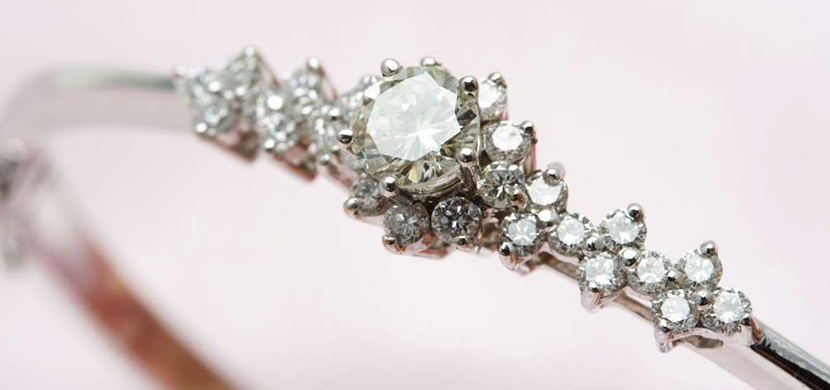
Selecting the suitable metal for your diamond setting is as important as choosing the right diamond. The setting of a diamond also plays a significant role in a diamond's colour, appearance and durability.
Diamonds are highly reflective; many facets of a standard round brilliant diamond and other diamond shapes act like tiny mirrors reflecting their surroundings, including the colour of the band and the prongs holding the gem. The right setting helps to protect your diamond from any damage and will make it look bigger and even more sparkling.
How do you know what you're purchasing and its quality or value? A grading report or a diamond certificate is an expert statement of a gem's identity and quality characteristics.
This report assures you of your gem's quality with clear disclosure of the product, which contains a wealth of information and features of your specific diamond.
If you ever wish to sell your lab diamond, its value will be determined partly by its quality, which is communicated clearly in the report.

Owing to the factors such as the depletion of diamond mines, increasing environmental threats due to mining, and the lack of ethical policies in the diamond industry, consumers have been wary of purchasing diamonds, and they now focus not only on aesthetics and rarity in their jewels, but they also seek assurance that they are sourced responsibly. These values have led to an increased demand for non-mined diamonds among millennials.
Diamonds grown above the earth have gained immense importance in the US, where there have been clear awareness campaigns on the product. Once understood, millennials prefer to purchase lab-grown diamonds (a survey done showed 70% of millennials opting for a lab-grown diamond) mainly because they get a bigger size in the same amount and secondly, but most importantly, as the source is known of the lab-grown diamond and doesn't involve complications associated with the natural mining process.